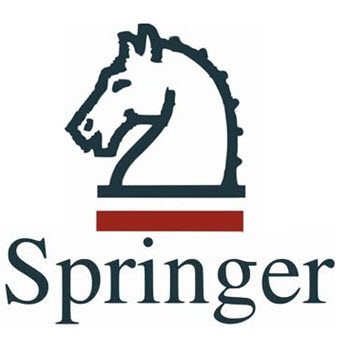Abstract
This study aimed to identifying the presence of SARS-CoV-2 RNA in raw and treated wastewater during the COVID-19 outbreak in Tehran, Qom and Anzali cities (Iran). From three wastewater treatment plants (WWTPs), 28 treated and untreated wastewater composite samples were collected from April 4 to May 2, 2020. In this study, polyethylene glycol 6000 (PEG 6000) was used through one-step real-time quantitative reverse transcriptase-polymerase chain reaction (qRT-PCR) for identification of RNA viruses. SARS-CoV-2 RNA was elicited from wastewater composite samples in all inlet samples taken from the three above mentioned cities. The results of outlet samples were as follows: 1) Results from Qom and East Anzali outlets showed no trace of SARS-CoV-2 RNA despite the difference in treatment disinfection method used (chlorine vs. ultraviolet (UV) disinfection). 2. In Tehran, SARS-CoV-2 RNA was not detected in any of the outlet samples taken from the modules disinfected by UV. Out of the four samples taken from the modules disinfected by chlorine, two were positive for the SARS-CoV-2 RNA which could have been caused by deficiencies in operation and maintenance. It can be concluded that meeting the standards of operation and maintenance (O&M) in WWTPs can considerably ensure that wastewater does not act as one of the roots of transmission for the disease.



No responses yet